
An uninterrupted continuum as opposed to independent parts
At first glimpse we could look out our body and easily be under the impression that the torso is independent of the arms as if they were two separate units. Evolutionarily speaking, our arms developed over time, growing laterally outward from the torso. This can be further identified at the myofascial level. Here, the myofasical lines of the torso continue through the arms in an uninterrupted continuum.
You can observe this connection yourself at this moment. Take a few deep breaths and observe how the vibration of the breath is palpable in the palms of the hands.
Rotational Stabilization: like two intertwined strands of rope
There are two myofasical lines that wrap around the front and back of the arm like two ropes that are intertwined. The twisting of the lines create stability. At the same time, it strengthens their connection to the torso.
The two deeper lines running on the front and back of the shoulder are connected with the deep double helix of the torso. They pull across the shoulder joint and are known as the rotator cuff.
The higher lines on the anterior and posterior sides of the scapula are associated with the superficial double helix. They connect and move the large pectorals (M. pectoralis major), the lats (M. lattisimus dorsi) and the deltoids (M. Deltoideus) over the shoulder joint.
At the shoulder joint, the two strands switch their position. The superficial lines fold inward and the deeper lines emerge around the biceps and triceps.
At the forearm, the two strands wind across one another again. The now deeper layer flows into the muscles of the forearms. The superficial layer continues downward to the hands.
Holistic approach to long-term health
As shown here, the myofasical system wraps, intertwines and connects a multitude of smaller components and are not only important for a small segment of the arm, but rather a much larger and more complex system which includes surrounding structures. From a therapeutic point of view, we should look at the arm as a whole. If there is a tear, for example, in a myofascial structure in the shoulder, the entire strand will be affected, losing elasticity along the complete line. It's not surprising that a rotator cuff injury will also be noticeable in the upper arm, because as we have discussed before, the deep layer at the scapula continues all the way to the hand where it then becomes a superficial layer the the upper arm.
Conversely, we can develop this floating tension as a preventative measure, which will benefit the health of the arm as a whole. Let's say we want to prepare the shoulder joint for a handstand. It is more valuable to look at strengthening the elbows and wrists along with the shoulders, because the floating tension can only be achieved through working the entire arm. In doing so, the floating tension will create a lightness throughout the arm and will effortlessly carry our body when we balance in acrobatic exercises.
Exercise sequence
Muscles which cross over a joint diagonally are particularly important for a healthy floating tension to be established. This exercise sequence targets activation of these muscles. We begin with the hands then move upwards towards the torso.
Wrist circles in the "Junebug" position
Start prone on the floor, extending the arms and legs in the air. At first it will seem very easy, but stay persistent. After a while you will feel the warmth of the forearm and calf muscle activation. Change directions and work till you feel the same intensity.
Option: If you want to target the arms specifically and really intensify the exercise, you can sit on a chair and use a large box filled with rice. Dig your hands into the rice and create the circles in the rice until the activation of the forearm muscles are noticeable.
Effect: This exercise activates the diagonal myofascial lines via the wrist. Looking at the bigger picture, the two diagonal lines are part of an opposing double helix. This is the basis for creating floating tension and essential for healthy wrists.
Windshield wipers with the hands in cobra
Lay supine on the floor. Place your palms with your fingers forward on the floor and take care to ensure that the forearm is approximately vertical. Now, lift the shoulders and legs up and away from the floor.
Use the hands and create a windshield-wiper movement, rotating the palm inwards and outwards. The harder you press into the floor, the higher the frictional resistance. With this in mind you can adjust the intensity to your taste.
Effect: The elbow joint is also stabilized with the help of a double helix. This brings the elbow joint into floating tension.
Windshield wipers on all-fours
Now we will do the same exercise on all fours. Set up your alignment carefully, placing the knees under the pelvis and the hands beneath the shoulders. Maintain a neutral spine. From here, press into the ground so that the space between the shoulder blades is a bit rounded (lifting the thoracic spine vertically).
Exhale and twist he upper arms so that your fingers slide over the floor and turn the hands inwards. Inhale and twist outwards to externally rotate the hands. The rotation takes place at the shoulder joint, so move from this point! Keep working until you can sense the intensity in your rotator cuff.
Effect: The rotator cuff centers the head of the humerus in the socket of the shoulder joint. In pushing the shoulder forwards, the socket of the Gleno-humeral joint hovers directly above the head of the humerus. The windshield wiper movement activates the rotator cuff muscles, thus, further centering the head of the humerus and creating floating tension.
Scapular rotation in all fours
Again from all-fours with a neutral spine you will exhale and let your upper back hang between the shoulder blades. Straighten your arms completely and maintain a neutral spine as you breathe.
Inhale and push hard into the floor, so that the upper back and shoulder blades meet again. The spine and elbows should not be effected by this movement. Try to keep the movement specifically at the scapula.
Gradually, you can add shoulder circles to the up and down "shoulder pushup" movement. When you inhale and push, the shoulder blades reach upwards toward the head and when you exhale downwards toward the pelvis.
Keep working until you start to notice a softening of the muscles surrounding the shoulder blades.
Effect: The shoulder blades provide a perfect example of floating tension. They are connected by nothing more than the very fine clavicle bone and through this the entire arm and torso are held together. It would be hard to maintain such stability without the myofascial lines creating floating tension to hold the scapula in place. The lines tend to tense up due to lack of movement.
This exercise works to target this hardened up area and can get the myofascial lines moving again. At first you may notice a bit of clicking under your shoulder blade. Over time, the muscles become stronger and the fascia more elastic. The result is a smooth gliding of the shoulder blades over the rib cage.
Have fun practicing!
Teacher: Dr. Ronald Steiner
Yogini: Kumiko Weber Sakaguchi
Photographer: Paul Königer
Apparel: OGNX
-

Anja Bush
at 04.03.2025 -

Bianca Braun
at 05.12.2023Super Übungen.
Eine Frage dennoch: Darf ich die Schulterübungen auch nach einem schon einige Male ausgekugelter Schulter anwenden? Oder besser nicht? Super Übungen.
Eine Frage dennoch: Darf ich die Schulterübungen auch nach einem schon einige Male ausgekugelter Schulter anwenden? Oder besser nicht?-
Hallo Bianca,
diese Übungen stabilisieren die Schultern. Daher generell gerade wenn die Schulter zum Auskugeln neigt eine super Übung. Doch im Einzelfall kann das auch anders sein. Denn manche [...] Hallo Bianca,
diese Übungen stabilisieren die Schultern. Daher generell gerade wenn die Schulter zum Auskugeln neigt eine super Übung. Doch im Einzelfall kann das auch anders sein. Denn manche Oberarmköpfe haben nach dem Auskugeln eine Delle (Hill-Sachs-Delle) und die kann ein erneutes Auskugeln bewirken. Das sollte man überprüfen, dass das nicht bei diesen Übungen geschieht.
Ich hoffe das hilft Dir weiter
Namaste und beste Grüße
Ronald -

Bianca Braun
at 04.01.2024Danke, lieber Ronald, für diese Information.
Leider ist es eine Hill-Sachs-Delle, die eine OP nötig macht. Alles weitere ist offen... Danke, lieber Ronald, für diese Information.
Leider ist es eine Hill-Sachs-Delle, die eine OP nötig macht. Alles weitere ist offen... -
Gut dass du es untersuchen hast lassen.
- Bespreche Dich unbedingt mit dem oder der Chirurgin. Nach der Operation kannst Du mit diesen Übungen Deine Schulter sehr gut wieder stabilisieren. Vor der [...] Gut dass du es untersuchen hast lassen.
- Bespreche Dich unbedingt mit dem oder der Chirurgin. Nach der Operation kannst Du mit diesen Übungen Deine Schulter sehr gut wieder stabilisieren. Vor der Operation, machen die Übungen auch Sinn, da, je stabiler Deine Rotatorenmanschette ist, desto besser die Heilung nach der Ope. Jedoch nur wenn hier keine Instabilität in der Schulter bei den Übungen besteht. Das bespreche auch im Zweifeslfall mit der Chirurug*in
Namaste und viele positive Energie beim Üben und Heilen wünscht Dir
Ronald
-
-

Johanna Anna Grimm
at 22.12.2022Namaste´, eine Frage zum Übungsablauf: Sollen die Schulterblätter bei der Einatmung noch tiefer gesenkt werden oder wie soll ??? verstehen?
Schulterblatt Rotationen in der Katze
Aus der gleichen [...] Namaste´, eine Frage zum Übungsablauf: Sollen die Schulterblätter bei der Einatmung noch tiefer gesenkt werden oder wie soll ??? verstehen?
Schulterblatt Rotationen in der Katze
Aus der gleichen Ausgangsposition, einem Vierfußstand mit neutralem Rücken, lässt Du Dich ausatmend zwischen Deine Schulterblätter einsinken. Versuche dabei, Deine Wirbelsäule weitgehend neutral und Deine Ellenbogen weitgehend gerade zu belassen.
???Schiebe mit der Einatmung Deine Schulterblätter wieder gegen den Boden??? und Deine Arme in die Länge. Erneut sollte Rücken und Ellenbogen von der Bewegung weitgehend unberührt bleiben.
Herzlichen Gruß, Johanna Anna-
Hallo Anna,
ich denke die nächste Aufgabe, das Video macht es dann klarer.
Es ist an sich relativ einfach:
- Der Rücken bleibt neutral.
- Die Schulterblätter heben sich rücklings von den Rippen ab [...] Hallo Anna,
ich denke die nächste Aufgabe, das Video macht es dann klarer.
Es ist an sich relativ einfach:
- Der Rücken bleibt neutral.
- Die Schulterblätter heben sich rücklings von den Rippen ab und dann schiebst Du sie wieder gegen die Schwerkraft nach vorne.
- Die Atmung synchronisiert sich ganz von alleine mit der Bewegung.
Wir hatten im MTC diese Übung asymmetrisch gemacht. Also ein Schulterblatt vor, während wir das andere zurück gezogen haben.
Viel Freude beim Üben wünsche ich Dir
Gruß
Ronald -

Johanna Anna Grimm
at 22.12.2022Danke Ron,
jetzt versteh ich, um welche übung es geht.
Das Herz sinkt zu Boden zw. den Armen ausatmend, die Schulterblätter heben zu Decke, Rücken grade, einatmend.
Herzlichen Gruß aus NRW
[...] Danke Ron,
jetzt versteh ich, um welche übung es geht.
Das Herz sinkt zu Boden zw. den Armen ausatmend, die Schulterblätter heben zu Decke, Rücken grade, einatmend.
Herzlichen Gruß aus NRW
Johanna Anna -
Top! Top!
-
-

Andrea Grüner
at 15.12.2021Hallo Ronald,
Wenn die obere Bizepssehne an- oder abgerissen ist, ist das helikale Zusammenspiel wohl erheblich gestört. Mein Partner hat links das eine und rechts das andere. Mit welcher Übung kann [...] Hallo Ronald,
Wenn die obere Bizepssehne an- oder abgerissen ist, ist das helikale Zusammenspiel wohl erheblich gestört. Mein Partner hat links das eine und rechts das andere. Mit welcher Übung kann man möglicherweise dem Körper helfen das auszugleichen? Vielen Dank für deinen Kommentar!
Andrea-
Hallo Andrea,
der Bizeps ist auch eingebettet in das Fasziensystem des Körpers. Jedoch kann der Körper zum Glück auch Risse gut durch Umleitungswege kompensieren. Eine gerissene Bizsepssehene kann [...] Hallo Andrea,
der Bizeps ist auch eingebettet in das Fasziensystem des Körpers. Jedoch kann der Körper zum Glück auch Risse gut durch Umleitungswege kompensieren. Eine gerissene Bizsepssehene kann oft jedoch gut operiert werden. Ich würde empfehlen dies mit dem behandelnden Orthopäden zu besprechen. Beim Anriss könnte eine Proliferationstherapie helfen, damit die Sehne nicht ganz reißt, sondern heilt.
Ich hoffe das hilft Dir und Deinem Mann weiter.
Namaste und herzliche Grüße
Ronald -

Andrea Grüner
at 09.01.2022Lieber Ronald,
Vielen Dank für die Erläuterung. Ich hab das so weiter gegeben. Diese Info hilft mir auch, sollte mal ein Yogaschüler/in mit der Problematik im Kurs sein.
Herzlichen Dank für diese [...] Lieber Ronald,
Vielen Dank für die Erläuterung. Ich hab das so weiter gegeben. Diese Info hilft mir auch, sollte mal ein Yogaschüler/in mit der Problematik im Kurs sein.
Herzlichen Dank für diese tollen Übungen, ich selbst mache sie sehr gerne.
Andrea -

André Exler
at 22.12.2022Ich habe Schulterschmerzen beim frontalen Armheben >90° mit Daumen nach unten. Wozu tu ich das? Meine Passion ist Taiji! MRT+Ultraschall+Roentgen+"Augenschein" ergaben genug Raum, einen 7mm Riß in [...] Ich habe Schulterschmerzen beim frontalen Armheben >90° mit Daumen nach unten. Wozu tu ich das? Meine Passion ist Taiji! MRT+Ultraschall+Roentgen+"Augenschein" ergaben genug Raum, einen 7mm Riß in Supraspinatussehne und eine "springende" lange Bizepssehne; letzteres als "Ursache". Mir (62y) wird deren Kürzen und Neuverankern (ambulant) vorgeschlagen. Welche konkreten OP-Alternativen -> Verhalten/ Übungen könnte ich probieren um mich idealerweise schmerzfrei voll zu re-mobilisieren oder ist "klassisch Schnipseln" so risikoarm? Danke.
-
Hallo Andre,
medizinische Befunde sind aus der Ferne leider nicht wirklich möglich. Ganz allgemein würde ich vor einer OP erst mal Proliferation probieren. Das hilft bei einer springenden Bizepssehne [...] Hallo Andre,
medizinische Befunde sind aus der Ferne leider nicht wirklich möglich. Ganz allgemein würde ich vor einer OP erst mal Proliferation probieren. Das hilft bei einer springenden Bizepssehne meist sehr gut. Die Übertunnelung lässt sich mit dem Verfahren stärken. Bei der Proliferation könnte man auch gleich die Supraspinatussehne mit proliferieren. Zusammen mit Übungen für die Rotatorenmanschette (die andere Sequenz), funktioniert das meist sehr gut. - und wenn nicht, geht eine OP ein paar Wochen später immer noch.
Ich hoffe das hilft Dir weiter
Namaste und beste Grüße
Ronald -
@Andrea: Top. Freue mich. @Andrea: Top. Freue mich.
-
-

Margarete Langmann
at 26.04.2021hallo ronald,
bei mir sind gern die handgelenke in der katze ermüdet. hast du dafür einen tipp? die übungsreihe wieder ein genuss! beim wischeln in der heuschrecke wahrscheinlich die ellbogen am [...] hallo ronald,
bei mir sind gern die handgelenke in der katze ermüdet. hast du dafür einen tipp? die übungsreihe wieder ein genuss! beim wischeln in der heuschrecke wahrscheinlich die ellbogen am rumpf halten, richtig? danke!-
Hallo Margarete,
an sich ist diese Ermüdung in den Handgelenken bzw. um sie herum genau gewollt. Wir wollen hier die Faszien straffen um eine Schwebespannung zu erreichen. Übe auch mal mit dieser [...] Hallo Margarete,
an sich ist diese Ermüdung in den Handgelenken bzw. um sie herum genau gewollt. Wir wollen hier die Faszien straffen um eine Schwebespannung zu erreichen. Übe auch mal mit dieser Online Stunde. Es ist die gleiche Sequenz:
https://de.ashtangayoga.info/online-yogastudio/online-yogatherapie/191105-yogatherapie-fuer-gesunde-arme-ronald-sara/
Viel Freude wünscht Dir
Ronald -

Margarete Langmann
at 02.05.2021ok, danke! verstehe. das teste ich gern. ok, danke! verstehe. das teste ich gern.
-
-

Adrian Heß
at 25.11.2020Lieber Ronald,
kannst du zur weiteren Veranschaulichung der faszialen Strukturen eine Quelle mit Bildmaterial oder Literatur empfehlen? Das würde das Verständnis sicher etwas erleichtern...
[...] Lieber Ronald,
kannst du zur weiteren Veranschaulichung der faszialen Strukturen eine Quelle mit Bildmaterial oder Literatur empfehlen? Das würde das Verständnis sicher etwas erleichtern...
Viele Grüße
Adrian-
Hallo Adrian,
wie schön von Dir zu lesen. Ich arbeite gerade an einem Buch, das solche Züge zeigen soll.
Thomas Mayers ist aktuell eine gute Literatur. Er zeigt jedoch nicht exakt diese Verläufe, [...] Hallo Adrian,
wie schön von Dir zu lesen. Ich arbeite gerade an einem Buch, das solche Züge zeigen soll.
Thomas Mayers ist aktuell eine gute Literatur. Er zeigt jedoch nicht exakt diese Verläufe, die ich hier beschreibe, sondern nimmt teilweise andere Abzweigungen im Faszien-Netz.
Viel Freude beim Schmökern wünscht Dir
Ronald
-
-
Hallo lieber Ronald,
würden diese Übungen auch bei einem Tennisarm helfen ?
Ganz liebe Grüße Manuela Hallo lieber Ronald,
würden diese Übungen auch bei einem Tennisarm helfen ?
Ganz liebe Grüße Manuela-
Hallo Manuela,
ich würde beim Tennisellenbogen erst Faszientechniken anwenden die die Entzündung gezielter angehen. Also z.B. den Faszienlift und die Längsfriktion.
Wenn die Entzündung abnimmt, [...] Hallo Manuela,
ich würde beim Tennisellenbogen erst Faszientechniken anwenden die die Entzündung gezielter angehen. Also z.B. den Faszienlift und die Längsfriktion.
Wenn die Entzündung abnimmt, können diese Übungen zum Einsatz kommen.
Viel Freude wünscht Dir
Ronald
-
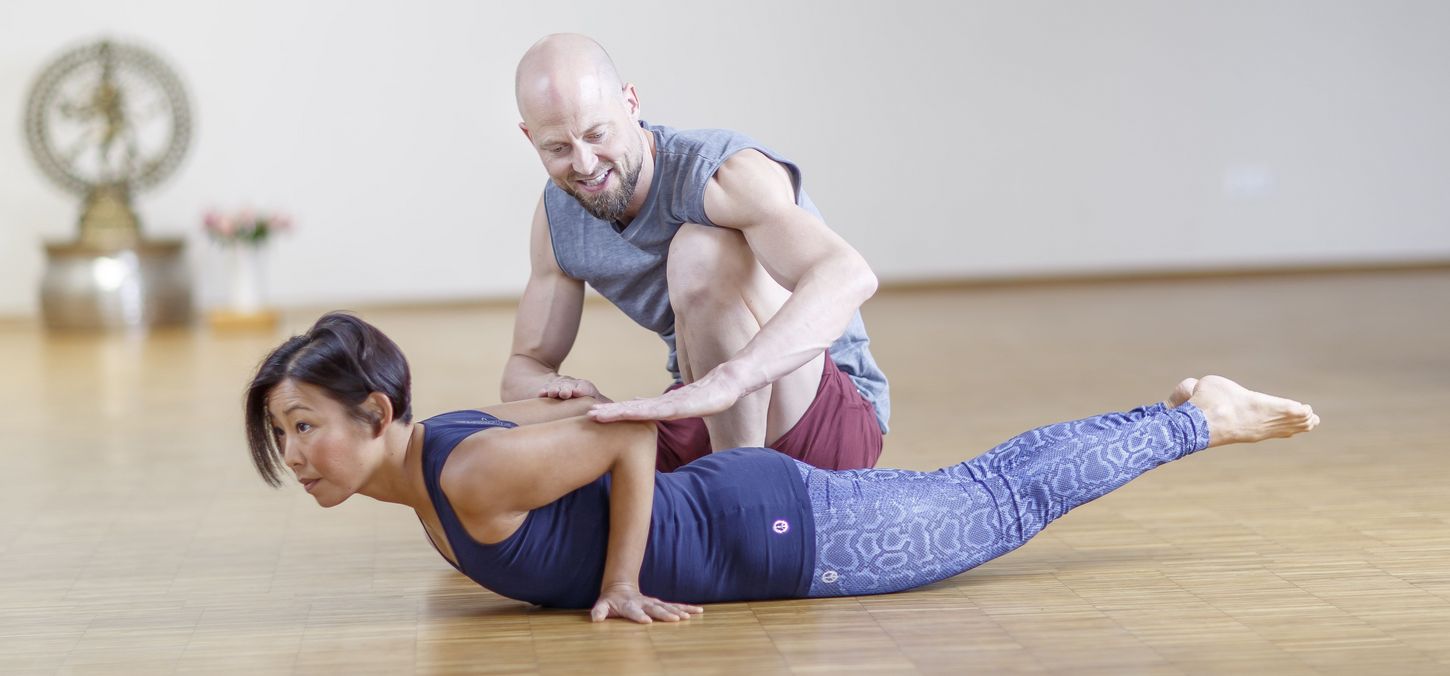

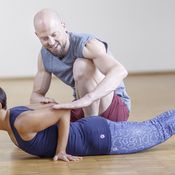
 Dr. Ronald Steiner
Dr. Ronald Steiner
 Kumiko Weber Sakaguchi
Kumiko Weber Sakaguchi
 Paul Königer
Paul Königer
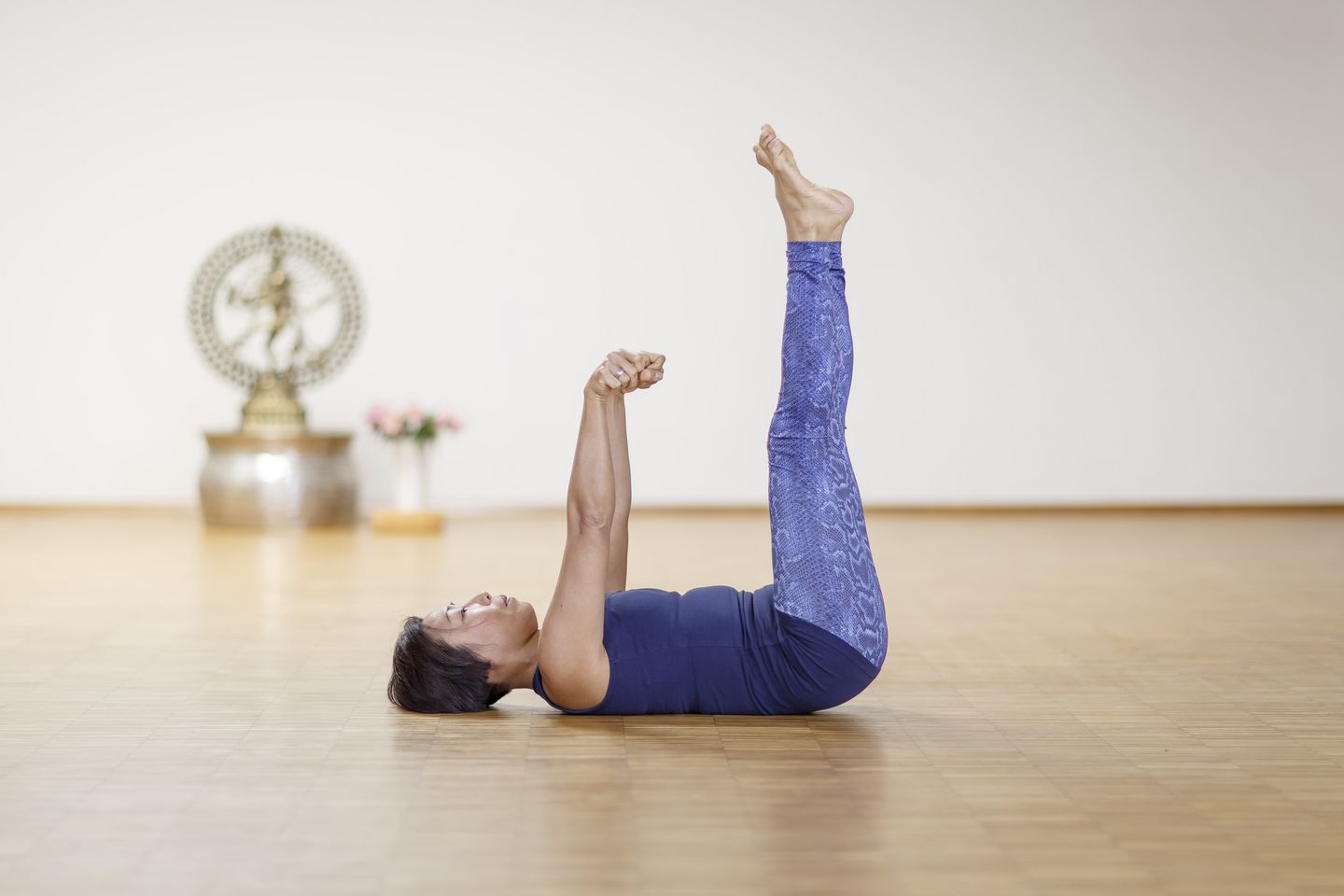
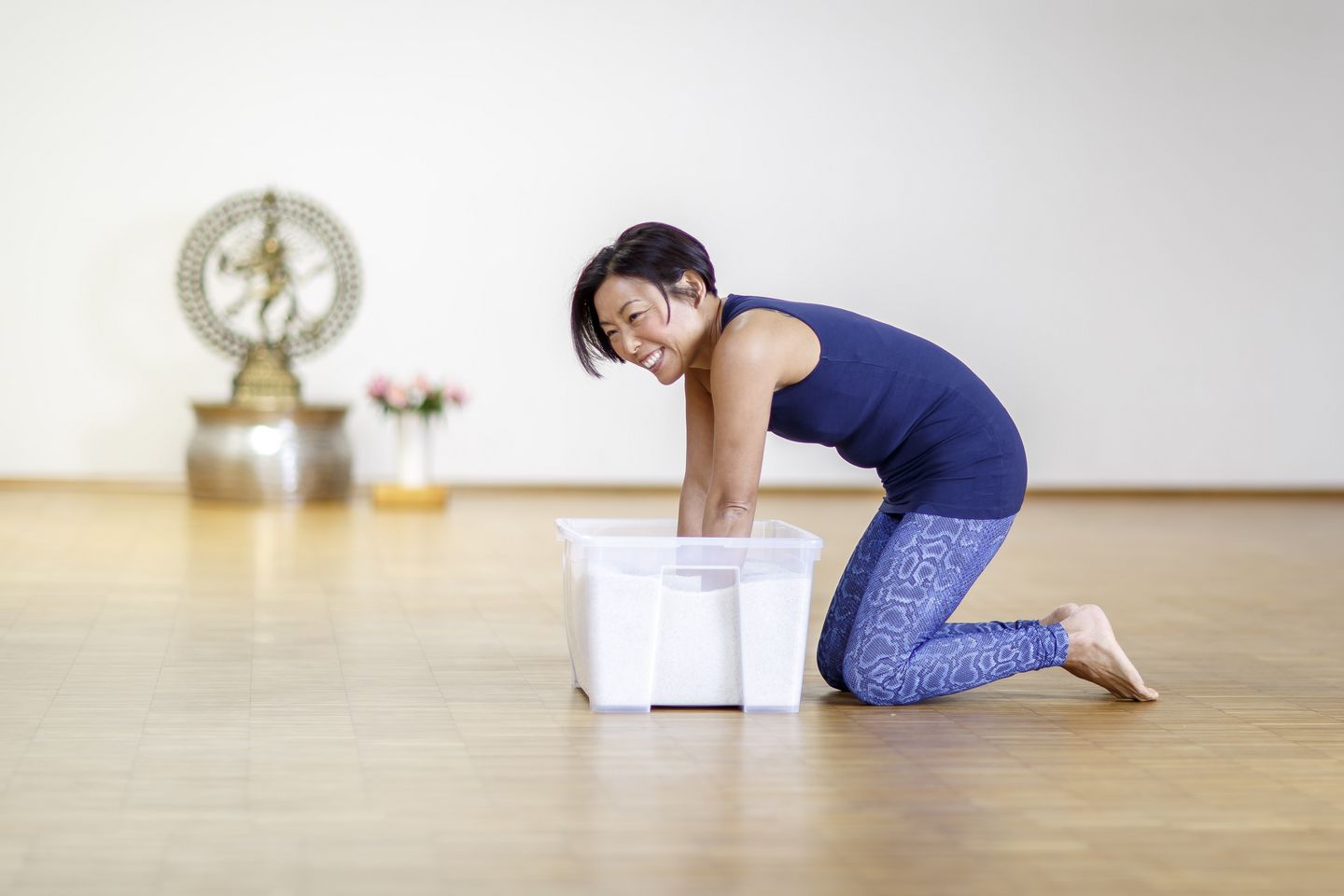
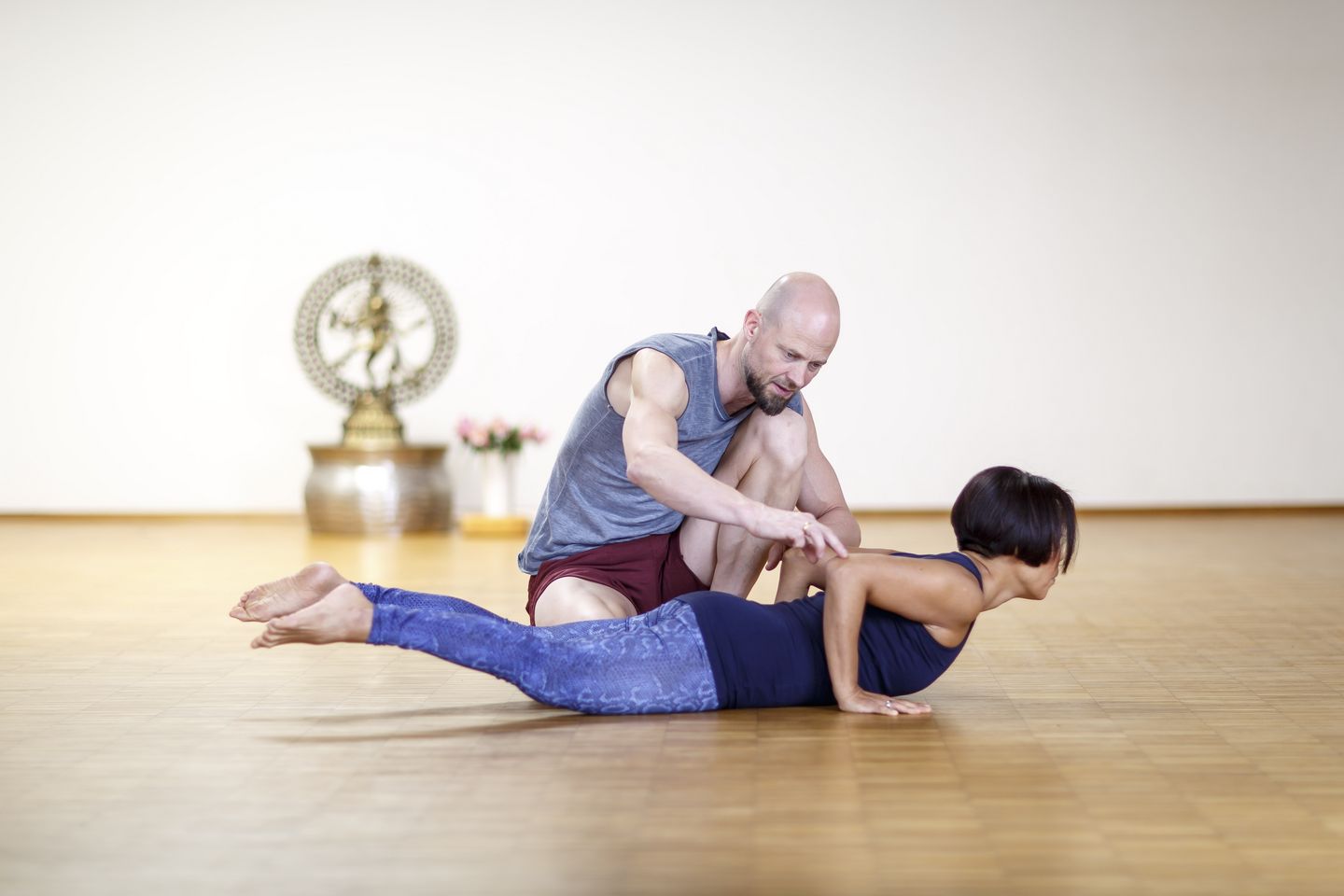
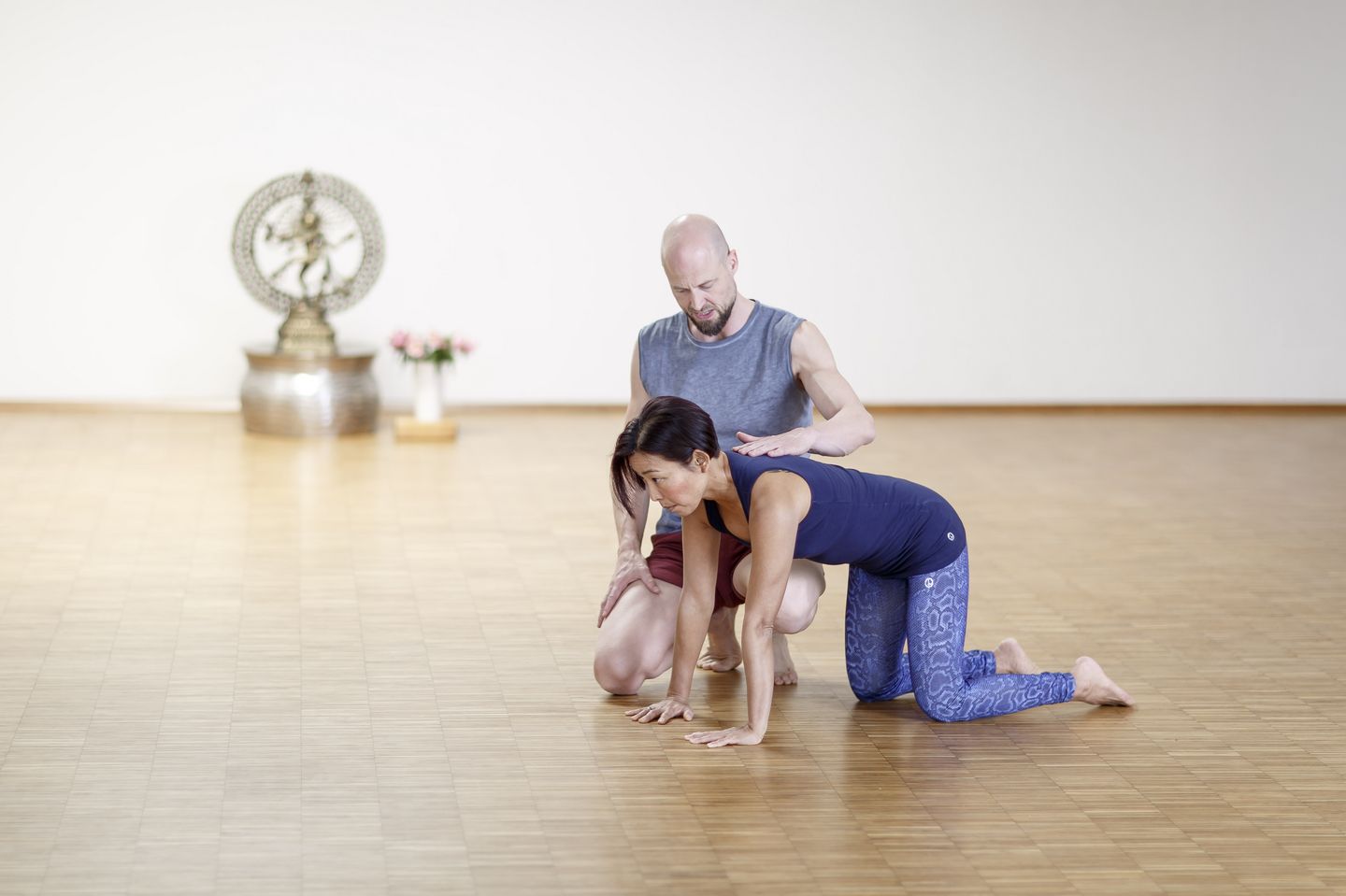
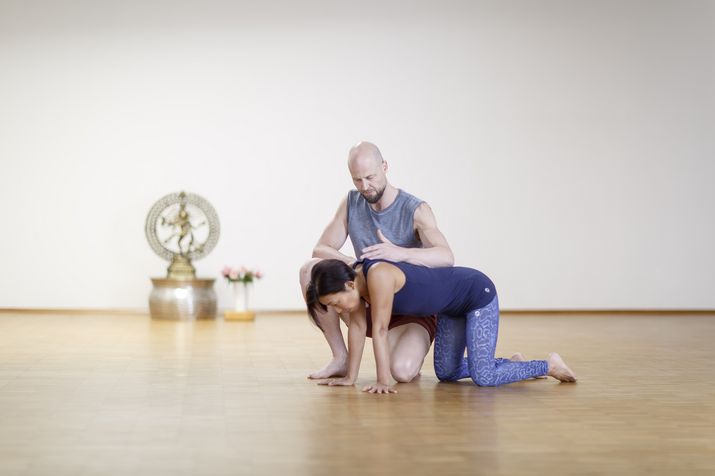
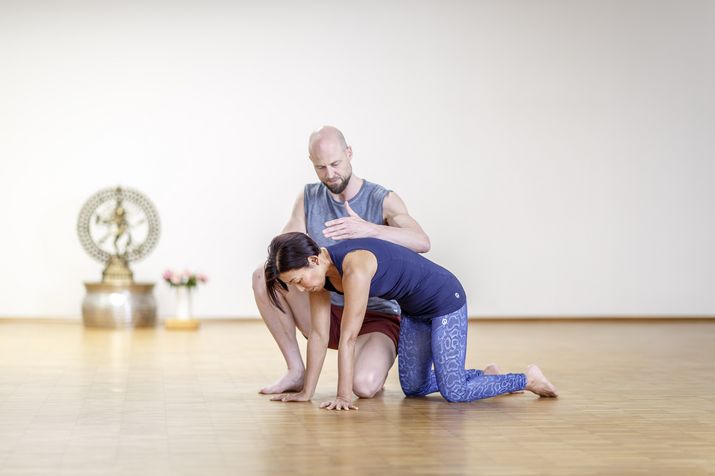




Messages and ratings